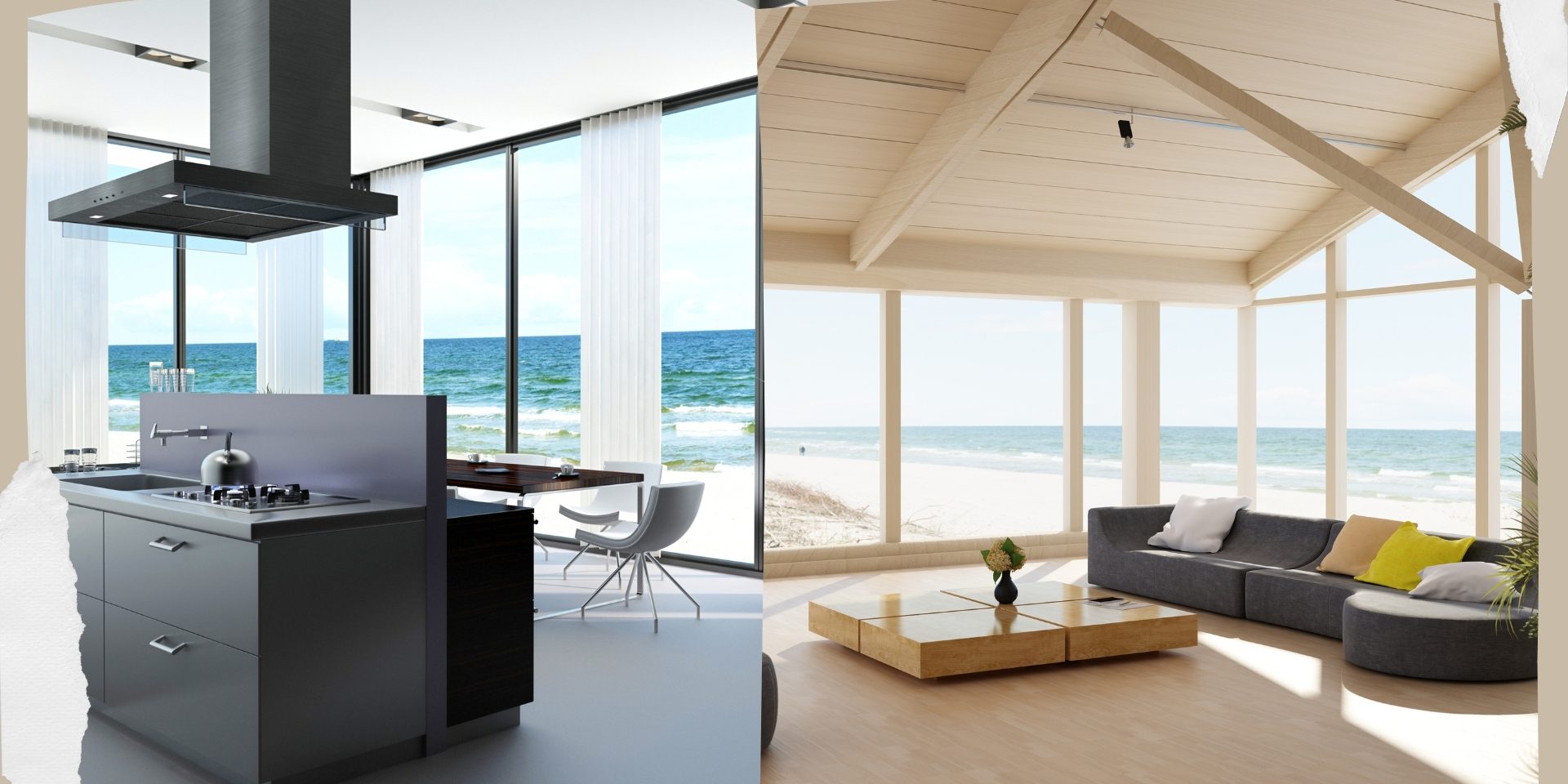All Categories
Featured
Table of Contents
Double Glazing - Windows - Doors in Trigg Perth
That window can transfer more solar heat in winter than in summertime. A west-facing window on a summer season's afternoon has an angle of occurrence from near 0 up to 30 with a big reliable area of solar radiation. A north-facing window, in summer season, has a high angle of occurrence and a low effective location of solar radiation, so can transfer less heat than a west-facing one.

You can quickly and quickly improve the thermal performance of your home by replacing your windows. There are thousands of types of glass and frames to choose from.
Improve Your Home's Energy Efficiency With Double Glazing in Subiaco WA
Single glazing with clear glass is not extremely effective when it comes to heat loss or gain. To improve performance, you can utilize single glazing with a more energy-efficient type of glass such as low emissivity (low-e) glass.
Multiple layers can be put together with sealed cavities between each sheet of glass. IGUs normally provide much better energy performance than single glazing, because they send less energy. However, the energy efficiency of IGUs likewise depends upon: the homes of each layer of glass. Various glass types (for instance, clear and low-e glass) can be put together in an IGU.
Why Does Double Glazing Help To Keep Us Cool In Summer? in West Swan Perth

IGU cavities can be filled with air or a more inert, low-conductivity gas such as argon the width of the cavity. Cavity density is generally 6 to 18mm. Wider cavities supply lower (much better) U values, with 12mm generally accepted as the preferred gap how well the cavity is sealed. Cavities should be dry and well sealed to prevent wetness getting in.
If argon is set up to the cavity in location of air, moisture is dependably omitted the level of desiccant (drying agent). The spacer (metal or polymer strip) that separates the glass layers consists of a desiccant to soak up any wetness. Insufficient desiccant may trigger moisture to condense on the glass surface area in cold conditions, lowering thermal efficiency.
A Complete Guide To Double Glazed Windows in Mahogany Creek Western Australia
IGUs can provide much better energy efficiency for all climates, specifically in heated and air-conditioned houses. Cross-section information of single, double and triple-glazing systems Low emissivity glass (frequently called low-e glass) minimizes heat transfer. Low-e glass may be either high or low transmission: High transmission low-e glass has a finish that enables daytime from the sun to pass into your house to accomplish excellent solar heat gain, but lowers the amount of the long wavelength infrared heat that can escape back through the window.
Low-e glass has either a pyrolytic finish or a vacuum-deposited thin movie metal covering. Pyrolytic coatings are resilient and can be used for any glazing; vacuum-deposited finishes are soft and are just utilized within IGUs. Low-e finishes can significantly improve both U value and SHGC; nevertheless, they need to be used correctly or they will either deteriorate or stop working to perform as required.
What Are Double Glazed Windows? in Peppermint Grove WA
Low-e finishes can be used in combination with clear, toned or reflective glass. Low-e coatings on glazing can decrease heat transfer where required Picture: Department of Market, Science, Energy and Resources Toned glass has actually colouring ingredients included during manufacture. It is offered in various colours, typically bronze, grey, blue and green.
Table of Contents
Latest Posts
Triple Glazing Vs. Double Glazing: What Are The Differences? in Willetton Western Australia
Help Control Your House Temperature With Double Glazing ... in Martin Western Australia
How To Diagnose And Fix Misted Double Glazing in Hovea Perth
More
Latest Posts
Triple Glazing Vs. Double Glazing: What Are The Differences? in Willetton Western Australia
Help Control Your House Temperature With Double Glazing ... in Martin Western Australia
How To Diagnose And Fix Misted Double Glazing in Hovea Perth